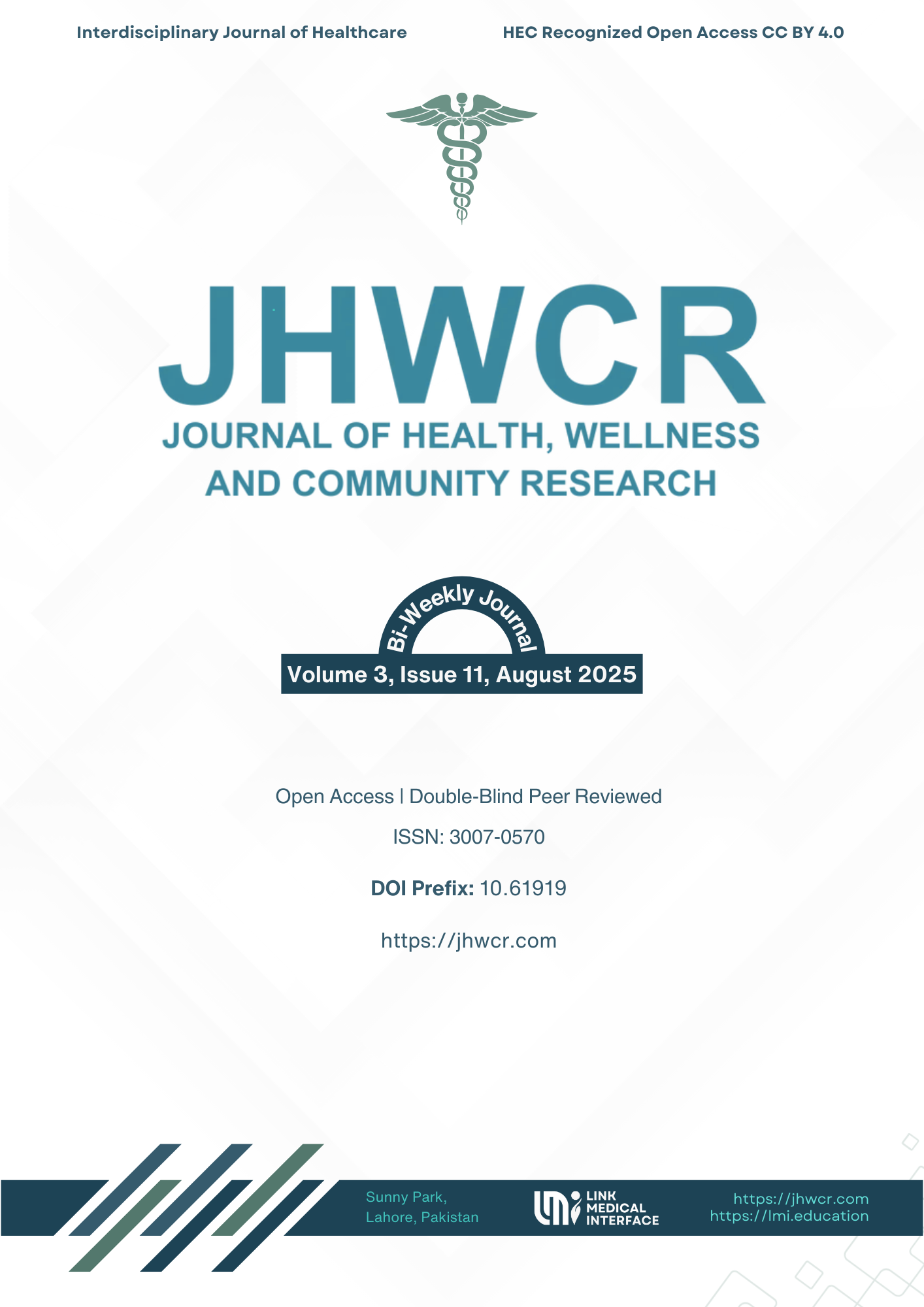Tele-rehabilitation in Neurological Disorders: A Narrative Synthesis of Efficacy, Accessibility, and Long-Term Impact
DOI:
https://doi.org/10.61919/j345py72Keywords:
telerehabilitation, neurological disorders, narrative review, long-term impactAbstract
Background: Neurological disorders such as stroke, Parkinson’s disease, and multiple sclerosis are leading causes of disability worldwide, often resulting in long-term impairments in motor, cognitive, and functional abilities. While conventional rehabilitation is clinically effective, barriers related to mobility, cost, and geographic access limit its availability. Telerehabilitation, the delivery of rehabilitation services via telecommunication technologies, has emerged as a potential solution to these challenges, particularly in the post-pandemic era. Objective: To synthesize evidence from systematic and umbrella reviews on the efficacy, accessibility, and long-term impact of telerehabilitation in neurological disorders. Methods: A narrative synthesis of systematic reviews, meta-analyses, and umbrella reviews published between 2021 and 2025 was conducted using PubMed, Scopus, EMBASE, and Cochrane databases. Eligible studies evaluated telerehabilitation interventions for stroke, Parkinson’s disease, or multiple sclerosis. Outcomes included motor and cognitive function, activities of daily living, quality of life, adherence, accessibility, cost-effectiveness, and long-term independence. Results: Twenty-eight reviews comprising over 14,500 participants were included. Telerehabilitation significantly improved motor outcomes (SMD=0.42, p<0.001), daily functioning (SMD=0.33, p<0.001), and quality of life (OR=1.56, p<0.001). Accessibility gains were substantial, with rural patients over twice as likely to receive continuous therapy (OR=2.21, p<0.001). Long-term benefits included sustained functional independence (OR=1.41, p=0.01), an average 18% reduction in healthcare costs, and fewer hospital readmissions (OR=0.72, p=0.03). Conclusion: Telerehabilitation is an effective, accessible, and cost-saving approach for neurological rehabilitation. Standardized protocols, inclusive digital strategies, and long-term trials are needed to optimize implementation and equity.
Downloads
Published
Issue
Section
License
Copyright (c) 2025 Mubsirah Qamar, Tehreem Mukhtar, Yashfa Khalil Malik, Ayesha Sarwar, Hifsa Riaz, Ayesha Rashid (Author)

This work is licensed under a Creative Commons Attribution 4.0 International License.


